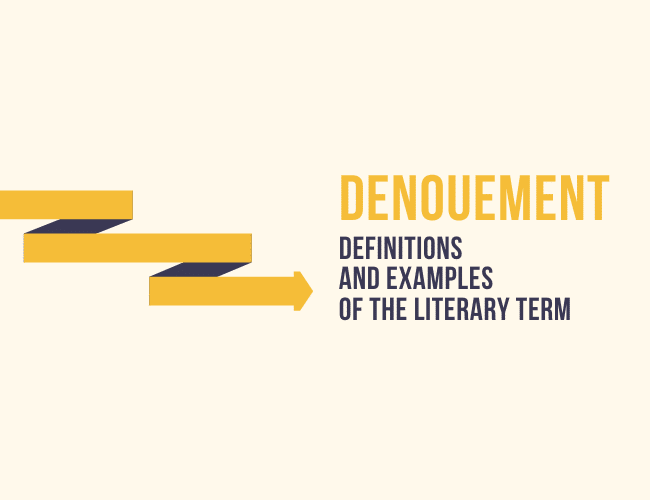
by Joe Bunting |
How do good stories end? In tragedy or triumph? With a wedding or a funeral?
That is the question of the denouement, a literary term that means more than just “the end.”
This article is all about denouement. In it, we will talk about the origin and definition of the literary term, give examples, and talk about where it fits in your writing.
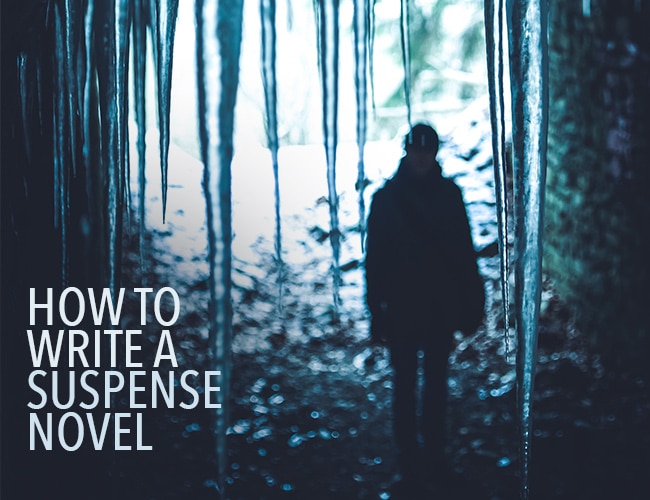
by Joslyn Chase |
So you want to know how to write a suspense novel. I could tease you with this, play out the line, dangle the carrot tantalizingly in front of you. But I won’t.
I’ll just tell you outright that suspense is my baby, my favorite of all the genres. If you’ve ever experienced those delicious moments as a reader, when your heart is slamming around in your chest, your palms are sweaty, and you can’t turn the pages fast enough, you’ll know what I mean by suspense.
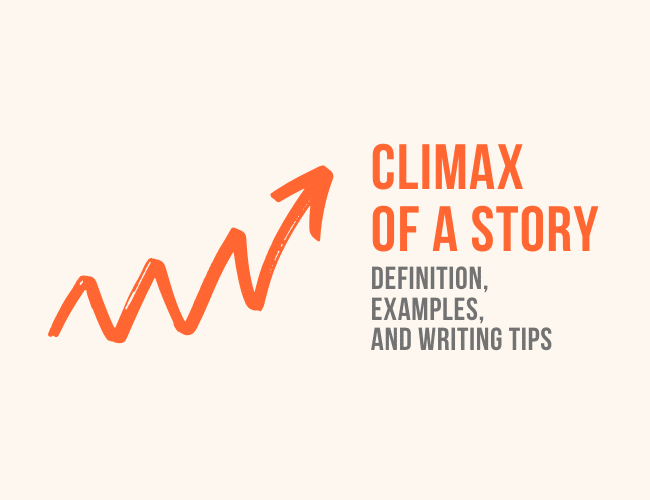
by Joe Bunting |
How do you tell a great story? Perhaps the best way to judge a story is by how good the climax is.
If your story isn’t good, the climax will be muddled or boring. A good story, though, will bring together all the tension that has been building since the exposition into one perfect scene that overwhelms the audience and leaves them in awe.
What is the climax, though? And how do you write a good one?
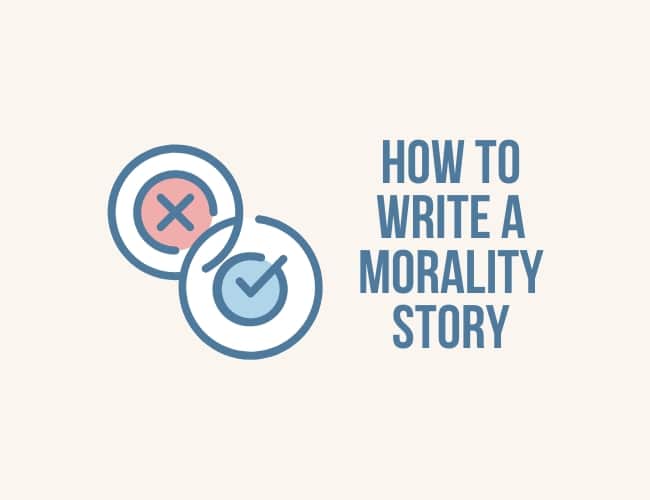
by Sue Weems and Joe Bunting |
If you have a main character whose crisis tempts them to veer outside of their values, then you likely have a morality plot. Sometimes the choice is one of selfishness at the expense of others, other times, it is selflessness at the expense of self. But the character’s moral fiber, their soul, is always on the line. Let’s look at how to write a temptation or morality plot.
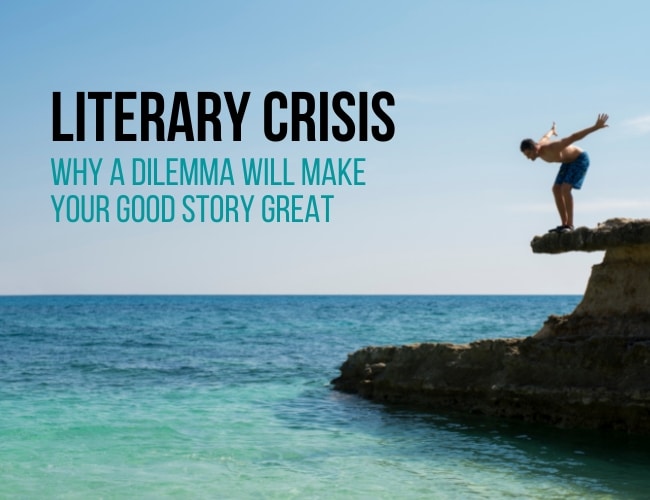
by Joe Bunting |
So you wrote a story or a novel or a book. You’re proud. You’re excited. Visions of publishing dance in your head. Then you go back and read your story or novel or book, and you think, “Well, this is good and I feel proud of it. But it doesn’t match up to the stories/novels/books I know and love.”
You wrote a GOOD story, but not a GREAT one. Worse, you don’t know why. It might be that you’re missing a crisis.
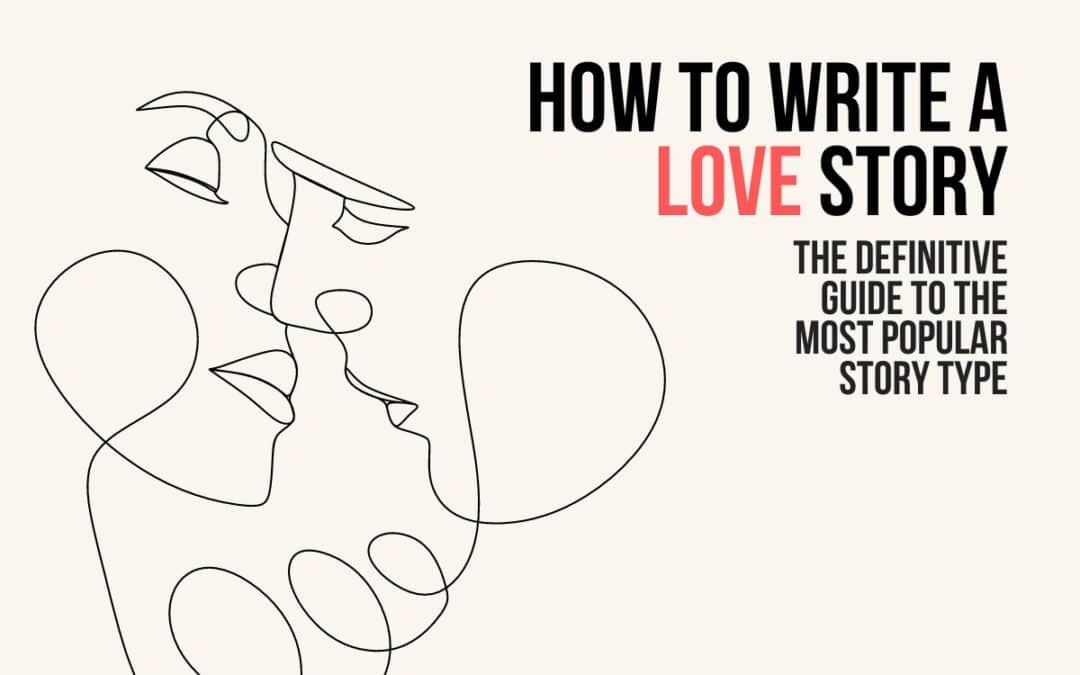
by Joe Bunting |
Love stories appear everywhere in the films we watch, books we read, and shows we binge. From romance novels and romantic comedies to ninety percent of subplots and even family dramas, love stories are the most common type of story.
Which is all to say, if you want to be a creative writer, you probably need to learn how to write love stories.
In this guide, we’re going to explore love stories of all kinds, from the ones that end “happily ever after” to tragic love stories and even stories that don’t look like love stories but actually are. We’ll talk about the elements of love stories, their structure and arcs, the best love story examples to study, and finally how to actually write a love story of your own.





